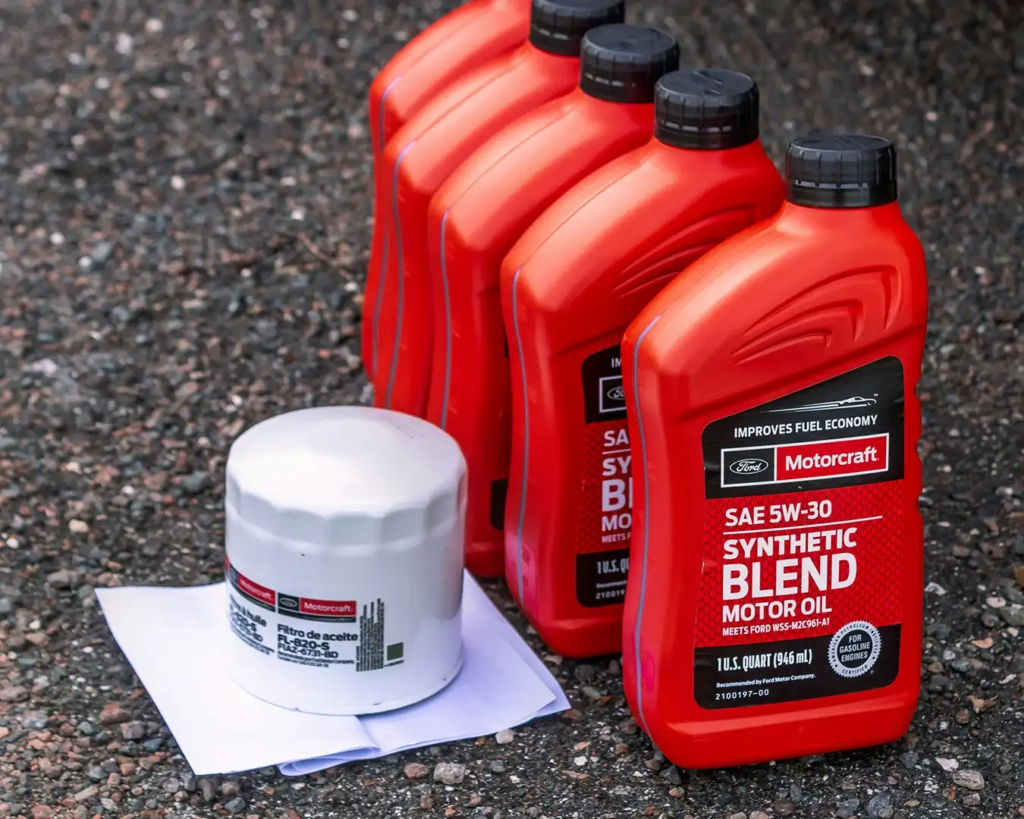Weekly quiz: motor oil grades
Which lubricating oil should you use in your engine ?
The answer is found in your user’s manual: always use the one recommended by your engine’s manufacturer. This holds whether that engine is a gasoline or a diesel engine, and whether that engine is aboard your boat or in your vehicle.
Side note: have you seen the recent news? Ready4Sea can now be used for your car or motorhome, too!

So, on to our question of the day:
🔹 In lubricating motor oil designations such as SAE 10W-40, 10W-30 or 5W-30, what do the numbers mean?
And bonus question:
🔹 When comparing oils typically added to gasoline in a two-stroke engine and that used in a four-stroke engine, which has the higher viscosity index ?
👉 Reply on one of our social media below. We’ll post the solution right here next Sunday!
Answer : lubricating oil viscosity
Thanks to those who have taken part in this quiz. It seems engine mechanics seems less exhilarating than chart navigation or sail trim to many of you.
The two figures in the motor oil grade name represent cold and hot oil viscosity indexes respectively. These were codified by the Society of Automotive Engineers (SAE). As a reminder, viscosity measures how easily a liquid will flow. For example, in this regard, honey is rather thick (viscous), whereas water is rather thin (fluid).
The first index grades the lubricating oil’s viscosity at cold temperatures (the W stands for “winter”). It therefore measures how thick or thin the oil is when starting the engine. The absolute viscosity is usually measured in centipoise (cP), and the 6 index values 0W, 5W, 10W, 15W, 20W, and 25W correspond to maximum predefined values of absolute viscosity at a given cold temperature. The higher each index value, the thicker the motor oil will be when the engine is started, and the more difficult it will be to pump.
The second index grades the lubricating oil’s viscosity at high temperatures. Here the focus will be on whether the oil becomes very thin at running temperatures. Keeping some viscosity allows it to provide better protection to the various moving parts of the engine and reduces the wear. The index quantifies the kinematic viscosity of the motor oil and is usually measures in centistokes (cSt) at 100°C and 150°C. 8 classes are predetermined : 8, 12, 16, 20, 30, 40, 50, and 60. Here again the top value relates to the thickest oil.
A single grade may be sufficient to describe simple motor oils. However, most engines require so-called multi-grade oils. These comprise additives which counteract the natural tendency of the oil to get thinner as temperature rises. Thus the lubricating oil has guaranteed performance ratings at both the cold and hot ends of the temperature spectrum. This ensures optimal performance of the engine.
And now on to the bonus question
Admittedly, this was a bit of an apple and pears comparison. However, given that we’ve looked into the viscosities of motor oils, we couldn’t help but wonder at how typical lubricating oils compared : that added to the gasoline of a two-stroke outboard engine and that of a four-stroke engine.
Obviously, there will be many exceptions to this fact, but the lubricating oil for a four-stroke engine might be slightly thicker than that used in a two-stroke outboard engine, which is typically thinner. Two-stroke oils are designed to flow easily and create a lubricating film on engine components, while being thin enough to mix easily with gasoline.
Our next quiz on anchoring is now live and awaiting your answer!
